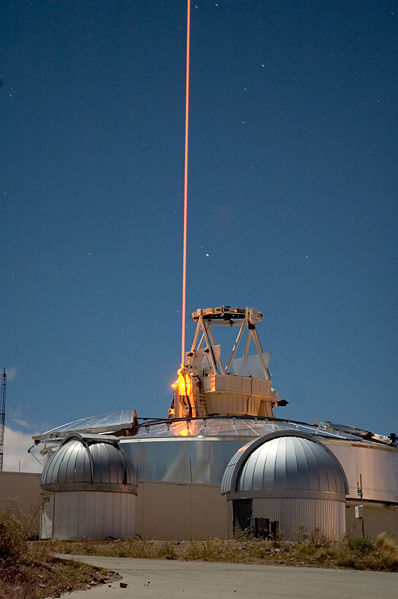I don't claim to have a grand moral vision or stellar philosophy about anything. But my approach to the use of FOIA has been to request official interviews with govt officials first. Often this leads to nowhere. For me, that's generally good enough although sometimes if I feel an agency has something to divulge, which they choose not to divulge, I can occasionally get a little bent out of shape. But, I still respect the work of civil servants and so, if I make use of FOIA material, I still try to keep that in mind. FOIA is a very important tool in our democracy but it's all a real pain in the ass to persons who have to comply with the law. In any case, striving for the golden mean tends to work for most things so that's typically my goal.
Yes, you're right. If you're trying to develop a potential source of information for a future interview, the dumbest thing you can do anger them. In the case of the Air Force Research Lab, I am aware that the EEStor history goes back a number of years. There are stories there to be told and if someone over there thinks a bit about how best to work with the media, they may grant an interview at some point which I believe is the best way to quickly put a story in the rearview mirror.
What do I think the story is with AFRL? I think it's typical of what we've seen elsewhere--meetings have been held, extraordinary claims laid out without 3rd party support and thus the end result is spirited skepticism advanced by scientists in an occasionally amusing way. But why would a group such as the AFRL and researchers of Directed Energy even waste any time on EEStor Inc? To understand, I recommend reading Doug Beason's 2005 book, "The E-Bomb..." The following borrows heavily from his narrative.
In the early 1990s, a group of Air Force researchers assembled atop Mount Haleakala in Hawaii to conduct what later became known as the Relay Mirror Experiment (RME). The goal of the study was to bounce a laser off a satellite 300 miles above the earth traveling at 17000mph and direct it onto a target on the island, the equivalent of hitting a dime from 10 miles away. The experiment was a success and set into motion a flourish of hope along with a measure of skepticism. Since then, scientists in all branches of the American military have been pursuing research to perfect the use of a class of weapons now known as Directed Energy weapons.
The importance of the development of these weapons is illustrated by contrast to earlier ones, a task made conceptually simpler through the 1945 work of Major General JFC Fuller who identified five qualitative parameters to characterize the power of a weapon:
1) Range of Action
2) Striking Power
3) Accuracy of aim
4) Volume of fire
5) Portability
Through the use of this schema military planners can characterize military effectiveness as en exponential number such that bullets are 100 times greater than arrows and ICMBs are 100,000,000 times more effective than artillery in 1900. Laser weapons are projected to be 10,000 million times more effective than present day artillery. An example is needed to illustrate the potential future capability. The Relay Mirror Experiment was only an initial step to a far more interesting use of space based mirror relays. By utilizing at least 2 space based satellite relays, a laser could deliver a weapon's grade payload to any position on Earth in less than 1 second. It could literally render modern military technology obsolete in the blink of an eye. But can it be done?
There are several challenges having to do with laser beam quality, control and power. The last item has been very key. To date, the most powerful lasers have been powered by chemicals that are expensive, dangerous and not very portable. A ceiling has been reached in terms of their effectiveness and there is a great deal of interest in solid state lasers or lasers powered by electrical sources of energy. Energy storage is key and has caused a community of researchers to organize around the what's known as pulse power research. To date, much of the work has centered around capacitor banks that deliver a great deal of electrical energy in a very short period of time. As you might have guessed, controversy within this community has swirled around the claims made by EEStor Inc.
When Dick Weir began efforts to raise funding for EEStor, he started with an industry he was familiar with due to his past work for the CIA at TRW, which is now owned by Northrop Grumman. There were multiple groups that took an obvious keen interest in his claims but one in particular is that of the Air Force Research Lab's Directed Energy division at Kirtland Air Force Base, in Albuquerque New Mexico. In at least one of the emails we will release this week, you'll see a researcher make the claim to a large number of DoD DE folks that EEStor's technology would--if it proves to not be vaporware--revolutionize directed energy applications.
To kick things off, here are a couple remotely related email strings:
Email thread #1
Email thread #2
You can discuss these innocuous documents here.

No comments:
Post a Comment